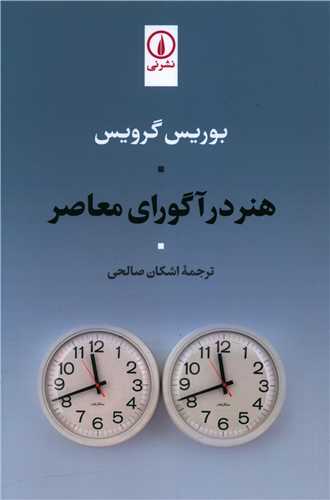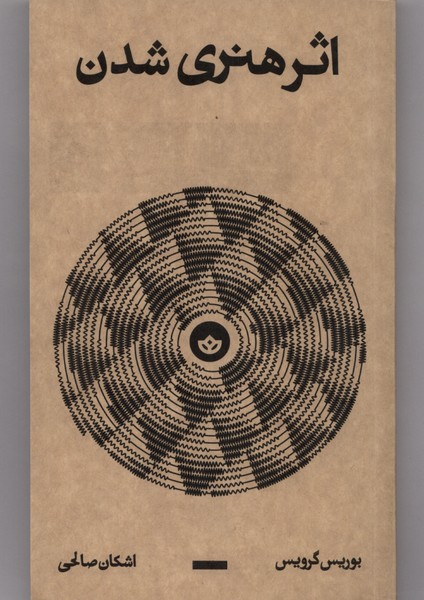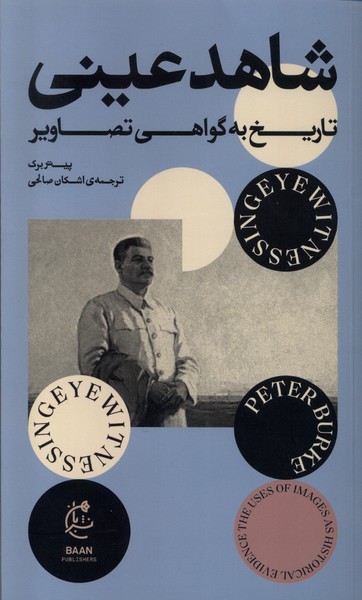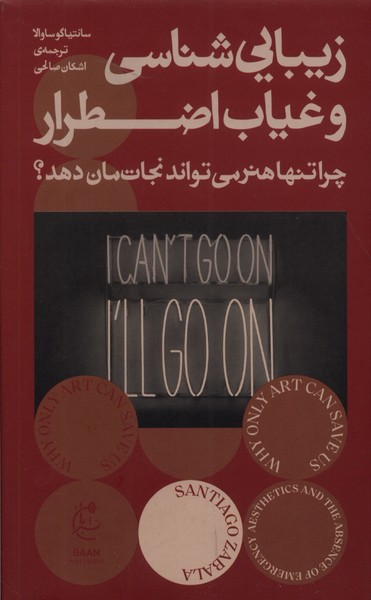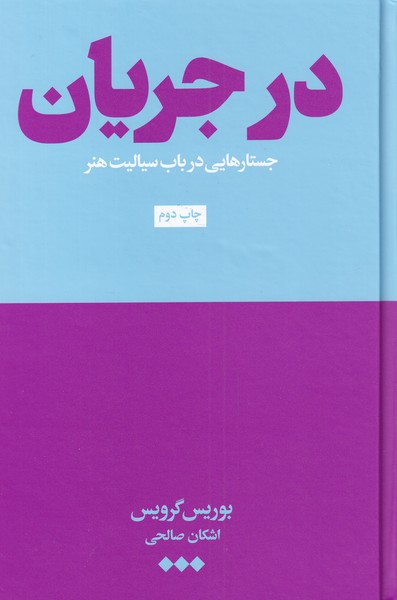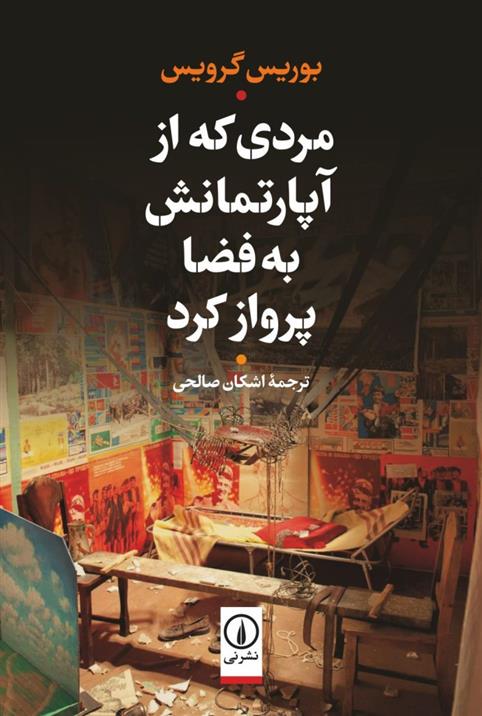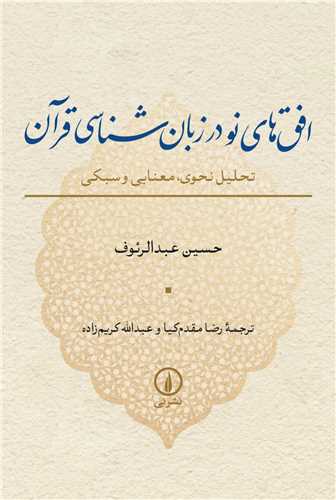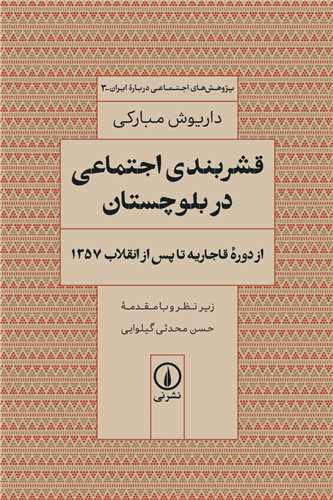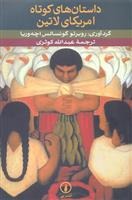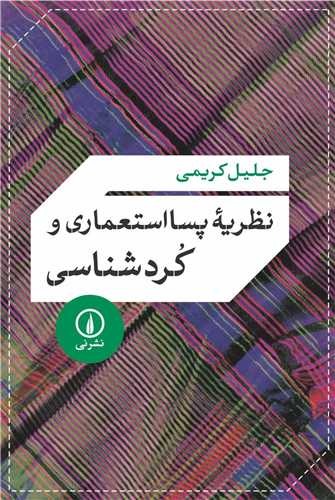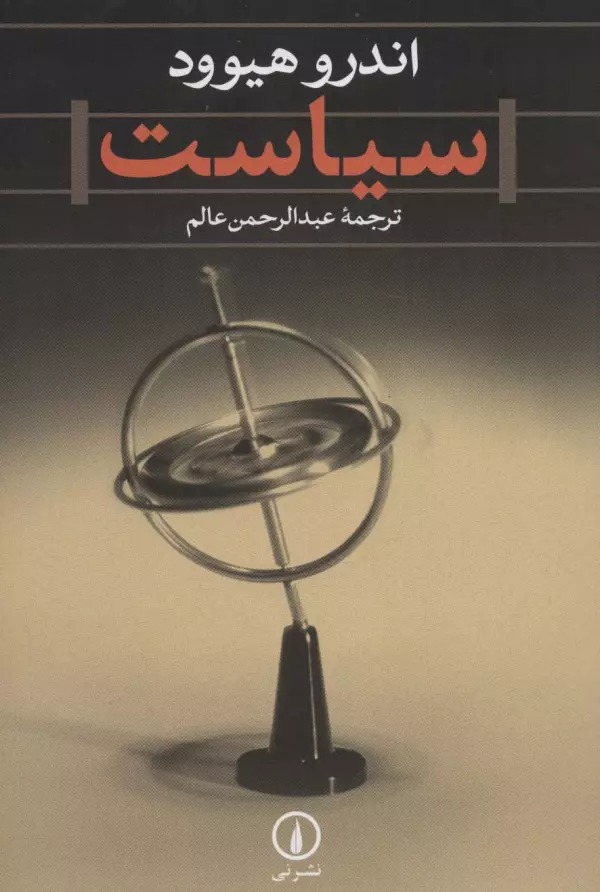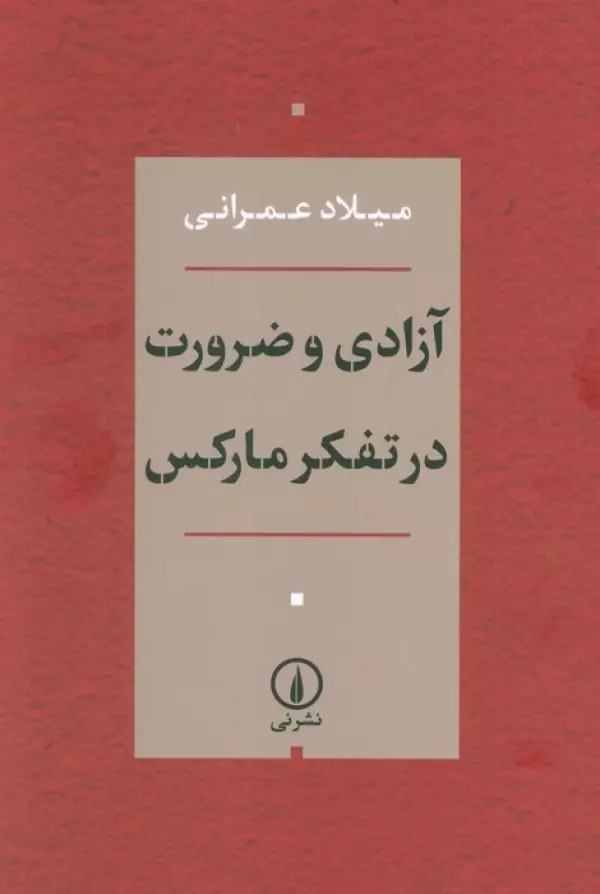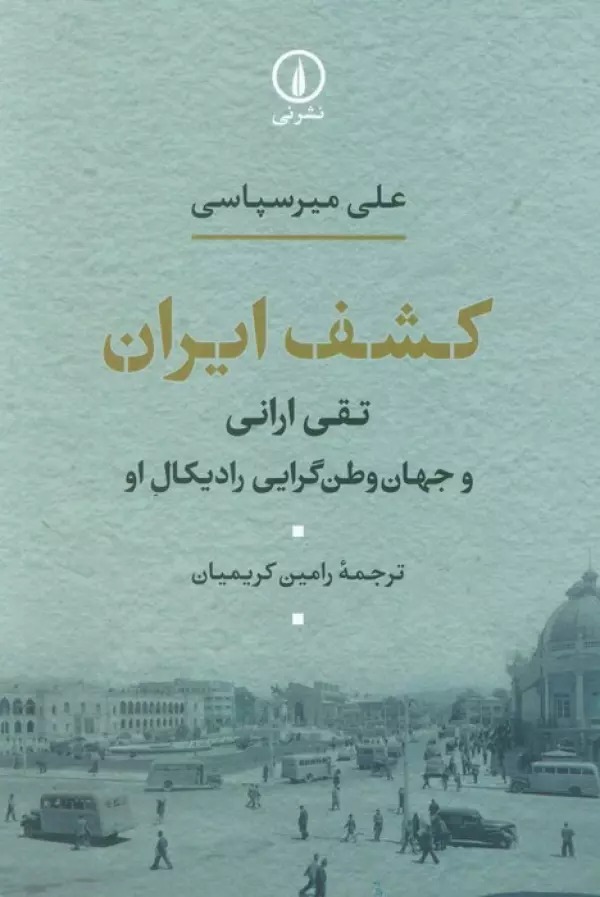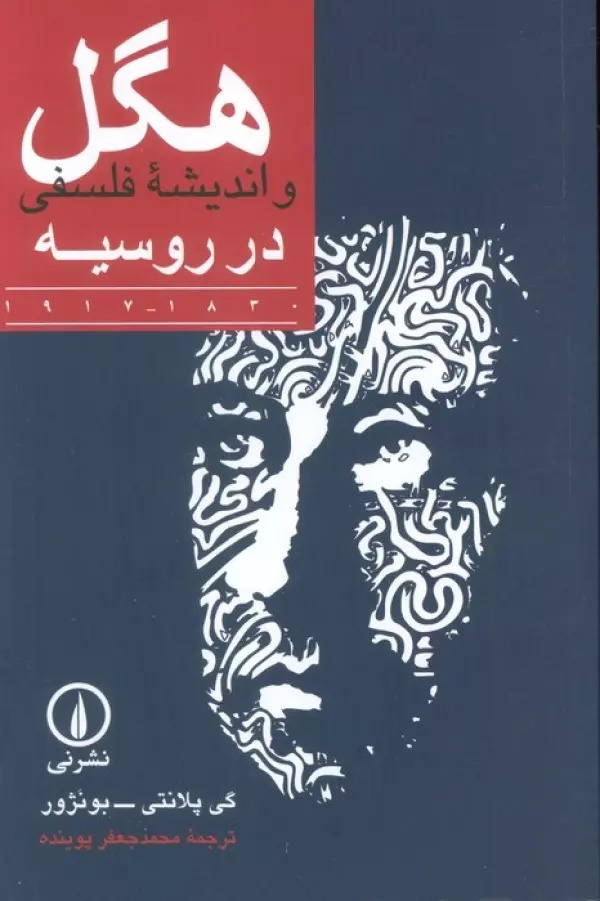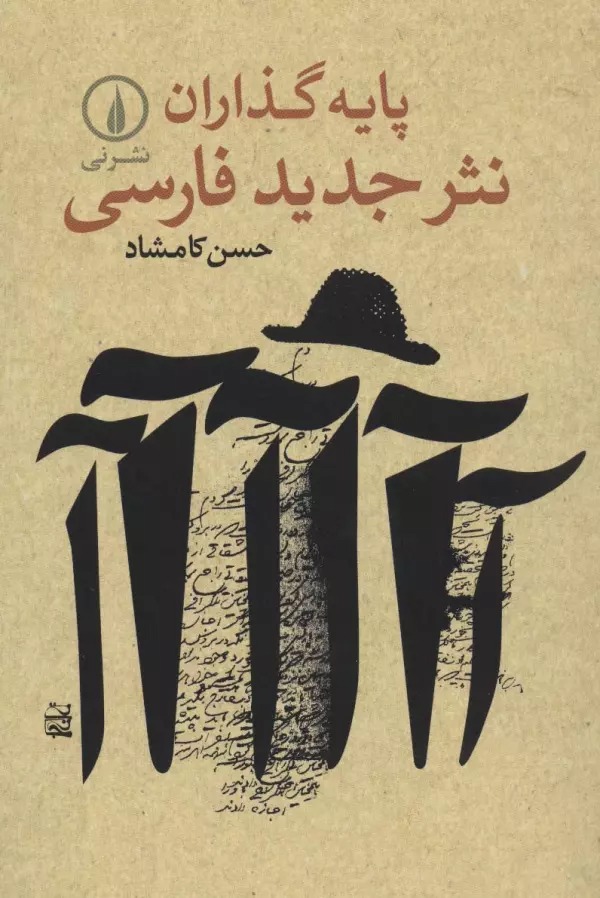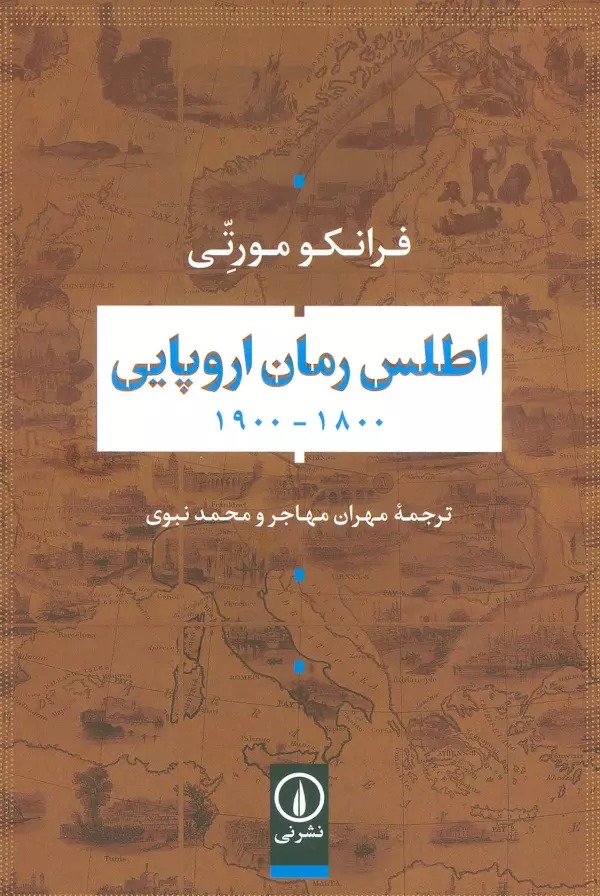Hunar dar Āgurā-yi Mu'āṣir: Persian 1401
هنر در آگورای معاصر
15.56 $
Share
Wishlist
ISBN:
9786220604143
Translator:
Ashkān Ṣāliḥī
Publisher:
Nashr-i niy
Age Group:
Adult
Pages:
144
Weight:
170 g
Dimensions:
14 x 21 x 1.3 cm
Book Cover:
Paperback
If everything in the world can be considered a source of aesthetic experience, then art no longer has a privileged position. Instead, art stands between the subject and the world, and any aesthetic discourse used to justify art must necessarily serve to undermine it as well.
In the essays of this book, Boris Gervis seeks to escape from established aesthetic and sociological views about art - which always take the position of the viewer and consumer. Instead, how about looking at art from the standpoint of the producer, a producer who doesn't ask what art looks like or where it comes from, but why art exists in the first place?
more
اگر همهچیز را در جهان بتوان منبع تجربهی زیباییشناختی قلمداد کرد، پس هنر دیگر جایگاه ممتازی ندارد. در عوض، هنر میان سوژه و جهان قرار میگیرد، و هر گفتمان زیباییشناسانهای که برای توجیه هنر به کار میرود ضرورتاً باید در خدمت تضعیف آن هم باشد.
بوریس گرویس در جستارهای این کتاب به دنبال گریز از تلقیهای زیباییشناسانه و جامعهشناسانهی تثبیتشده دربارهی هنر است ــ که همواره موضع تماشاگر و مصرفکننده را میگیرند. در عوض چطور است هنر را از موضع تولیدکننده ملاحظه کنیم، تولیدکنندهای که نمیپرسد هنر شبیه چیست یا منشأ آن کجاست، بلکه میپرسد چرا هنر در درجهی اول وجود دارد؟
more

